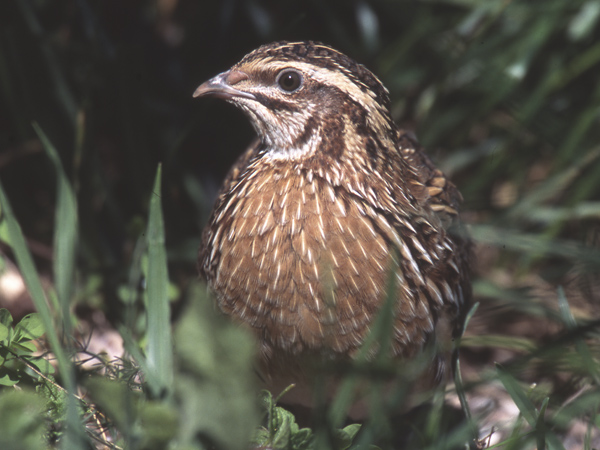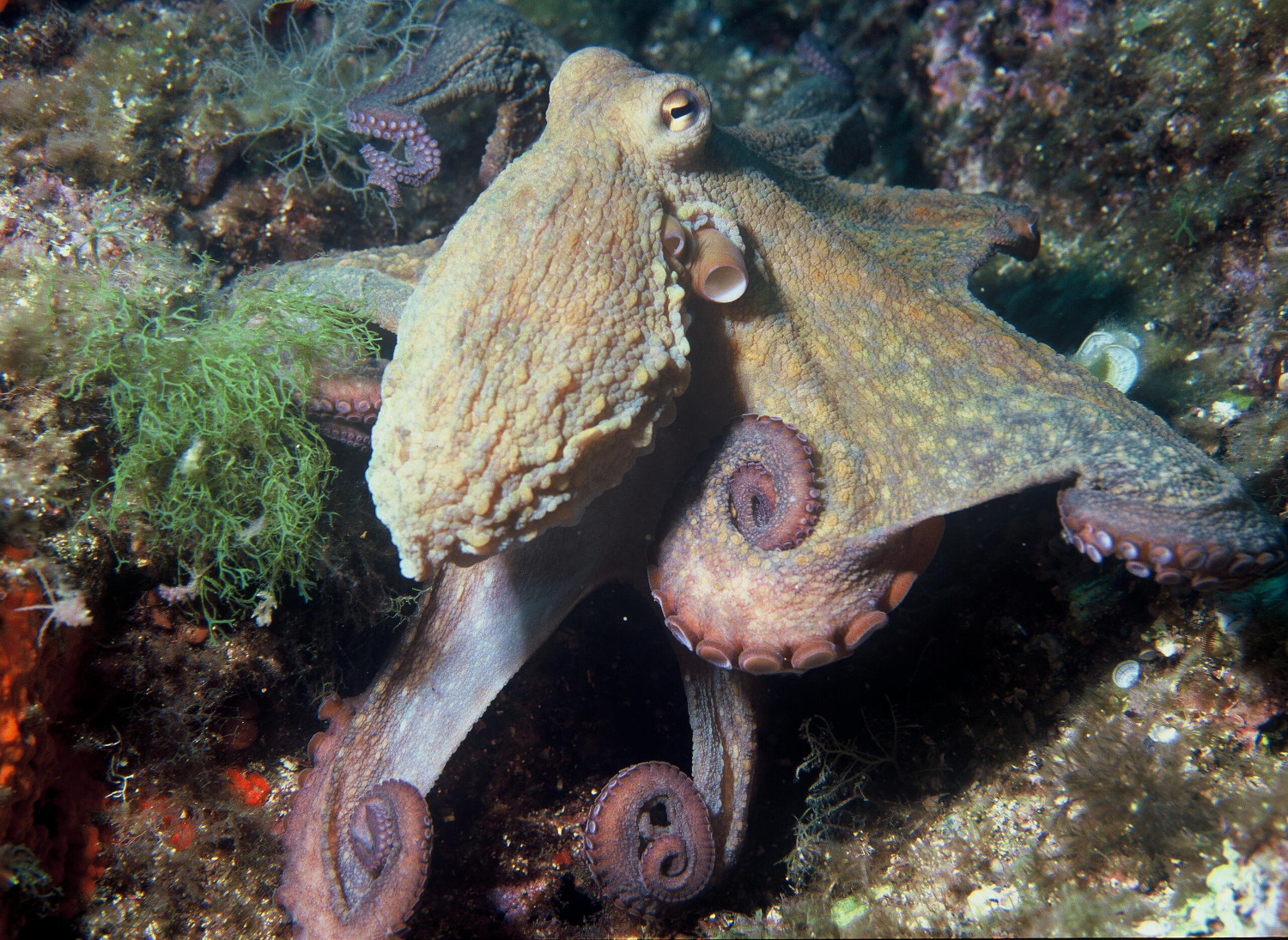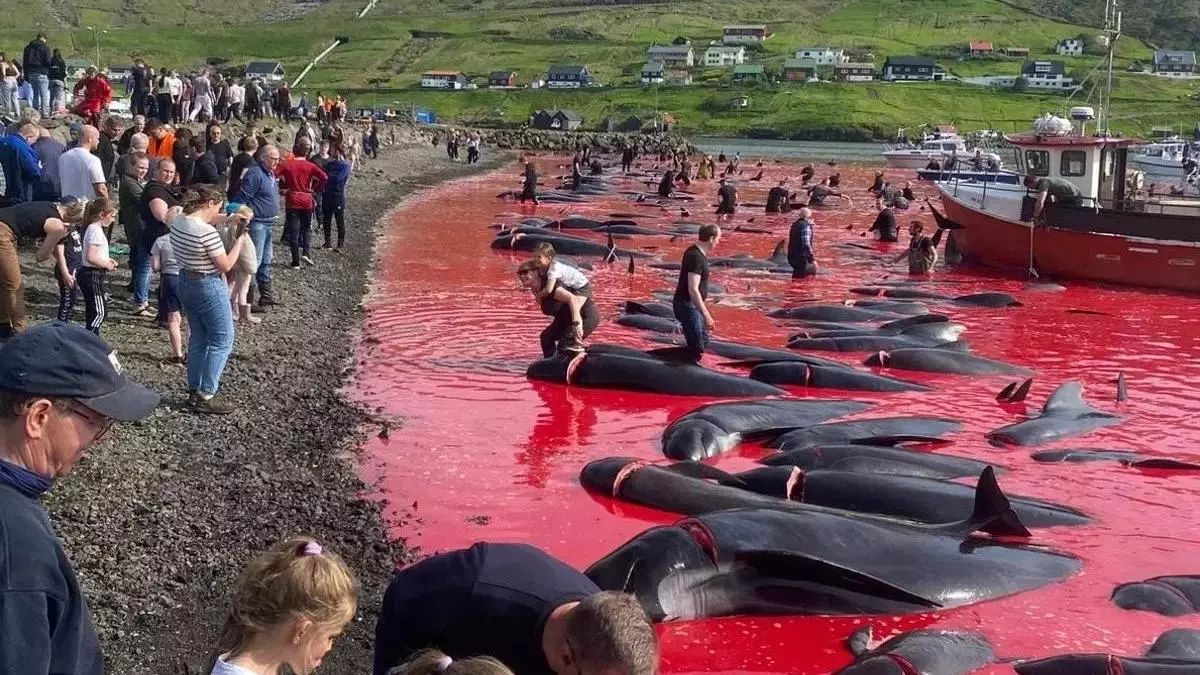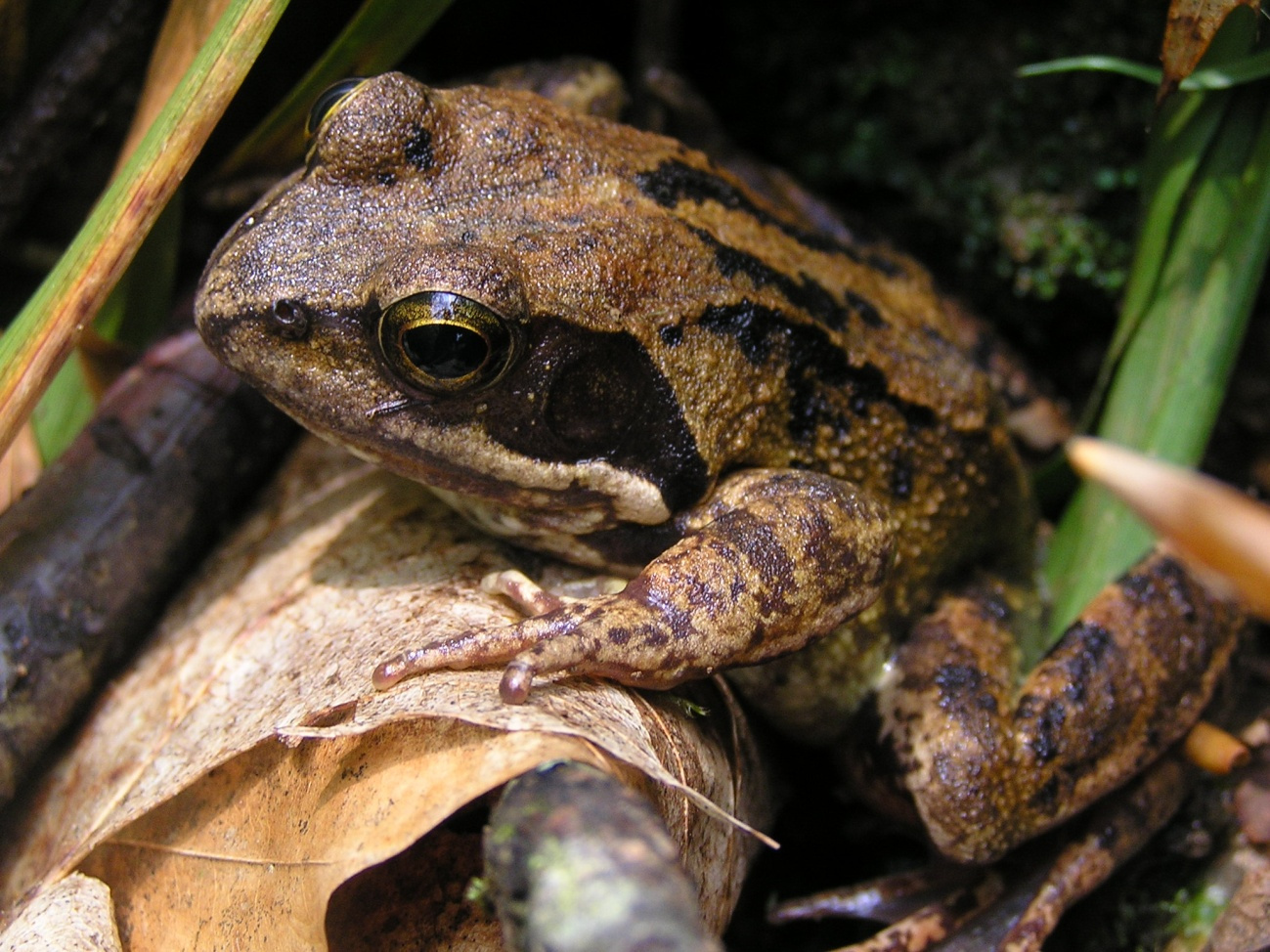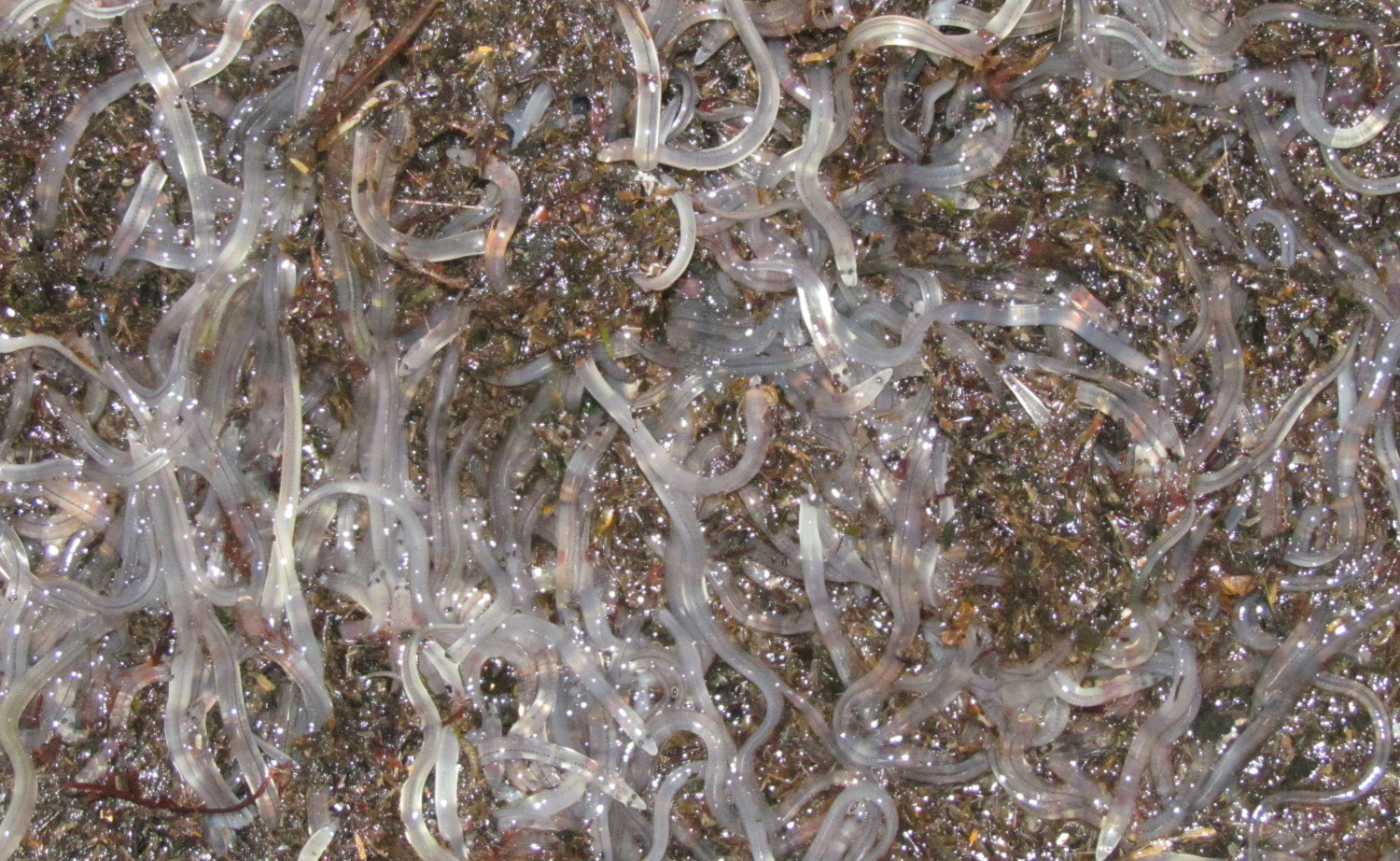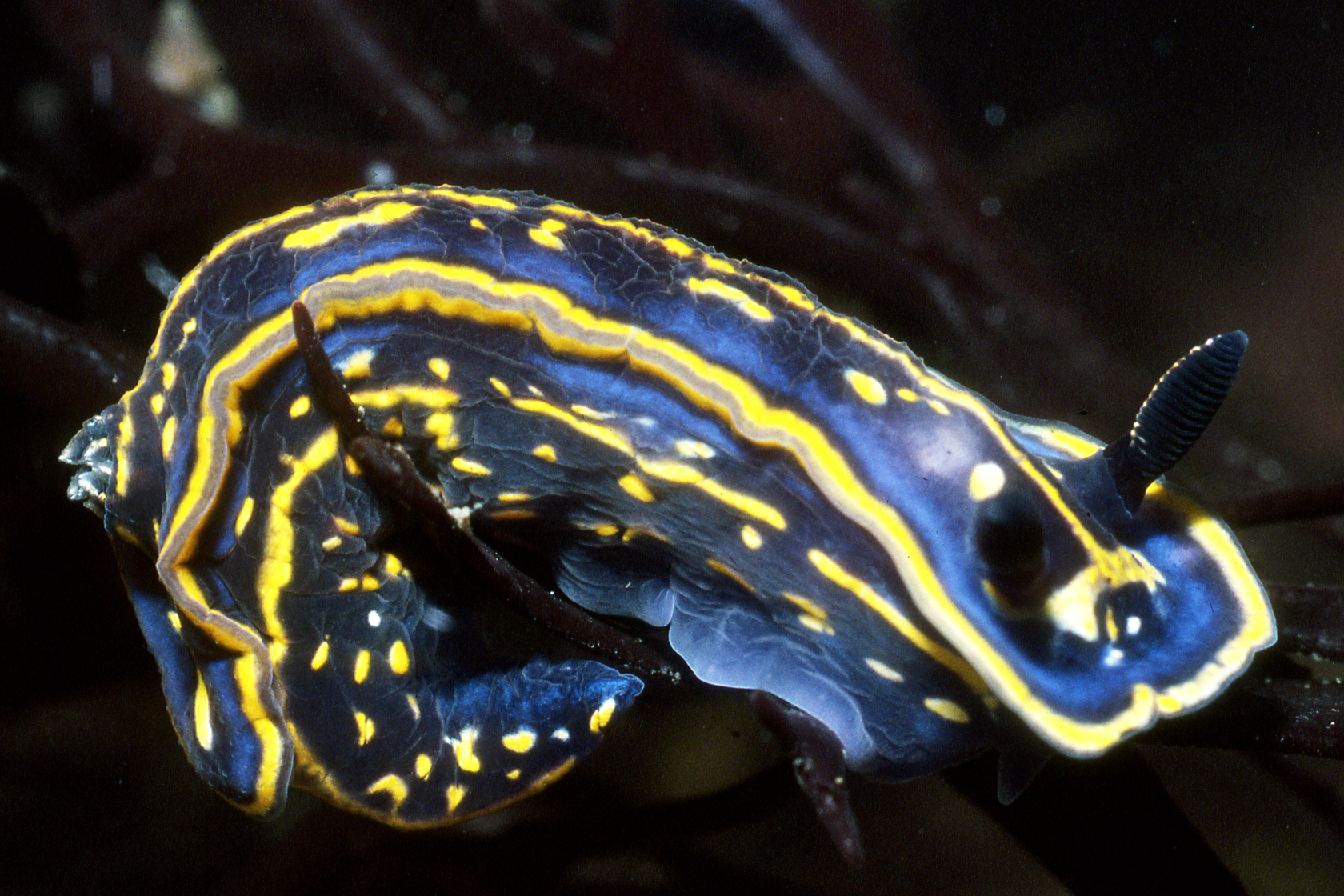"The migration of the 4,000-kilometer monarchs is on its way to disappear"
- Sonya Charest is a biologist who has always wanted to change the relationship that people have with nature. To do this, he says that the butterfly, called the monarch, is a perfect tool: “A man who is not interested in nature is able to get excited and get completely metamorphized.” Climate change, GMOs or forest breaks endanger butterflies migrating for more than 4,000 kilometres.
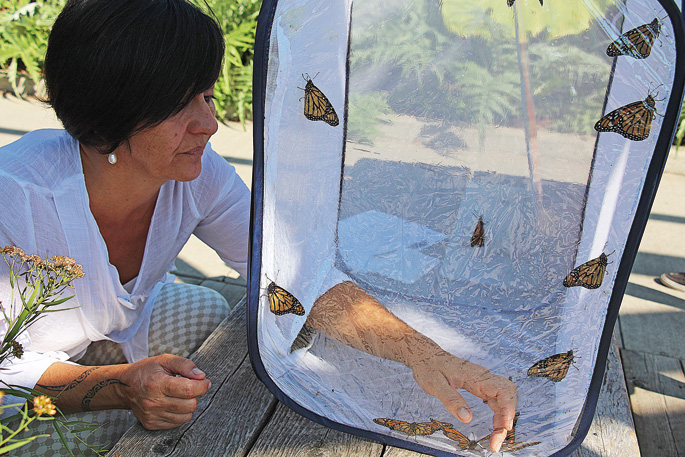
Two numbers: about ten centimeters, about 4,000 kilometers.
That's it. They will migrate from Quebec to downtown Mexico to spend the winter there. For those tiny butterflies of 0.5 grams, the migration of 4,000 kilometers is impressive. They're incapable of sliding down the air and making food stocks, and from the beginning to the south, it's the butterflies themselves that are going to make the way from North to South.
It seems hard to do.
If conditions allow, they cover about a hundred kilometres a day. The heat needed to get ahead is set in the evening. In fact, if people's metabolism is quite stable, the metabolism of insects is not, they don't have a naturally occurring heat inside of them, and they totally depend on the outside temperature. Despite this enormous force, they continue to gain weight.
Because they also need energy in the finish line.
They have the goal in the high mountains, and they need that energy. At the finish line, the wind is very cold, there is no food and, in addition, they cannot activate them due to the minimum temperatures. They live thanks to the reserves, in diaphanous, immobile, for another four months.
How is that possible?
To make that migration, these monarchs are different from the others, they don't have the reproduction system developed. They don't need to do it on the south trip, or in Mexico. In this case, they can make more energy reserves.
They come back with spring.
When spring heat comes, the reproduction system develops and reproduces. Once this is done, the males die performing their duty, that is, by transmitting their genes, and the females head north to lay their eggs on the asklepiade plants on the Texas side. The road to the north will do so for two or three generations.
The Asklepiade plant or dies.
The worm only eats the asklepiade plant, nothing else. The worm cannot live without a snack.
What is that fragile balance today?
The current situation is quite worrying. As a miliarch monarch, we can't count and look at the area they cover in Mexico. In the last twenty years an average area of eight hectares had been covered, but last year only one hectare! However, the situation is better than two years ago, when 0.67 hectares were covered. We worry, and ultimately we worry.
It will be for people's activities.
Yes, there are three main reasons and all three are linked to us. The main production is GM soybeans and maize. Transgenic plants survive herbaceous venoms, so herbaceous venom is always spreading. The problem is that they are also destroying asklepiade plants. Monarchs are able to reproduce them; only one can lay between 300 and 400 eggs, but we also know that without the snack the monarch's worms cannot live. As I said, if there is no snack, there is no life. As they continue to destroy these plants, our hope is diminishing.
Climate change will also be one of the reasons.
Obviously, we also have climate change. For a 0.5 gram butterfly, it's amazing to find a cold or a drought along the way. Imagine, the impediment of these bad times is something for monarchs. Maleruski, most of the time they are insurmountable! We also have the destruction of the Mexican residence. Cutting down trees are illegally exploiting this environment. It is enough to remove a single tree to introduce cold or moisture and to put the microclimate completely upside down.
Is the monarch going to disappear?
It is the phenomenon of migration to disappear in the field. The danaus plexippus species is not about to disappear, they exist throughout South America, living without displacement or travelling short distances of migration. However, this migratory phenomenon of 4,000 kilometres is the only one on the road to disappearance. However, in recent years there has been a desire for change.
You mean?
The monarch is the symbol of trade within North America and Mexico, the United States and Canada have launched several support programmes. In addition, there is an immense community around the monarch. those who plant asklepids, those who follow monarchs, those who educate the people about that butterfly, etc. At the Insectarium in Montreal we are distributing bags from an asklepiade plant, two chrysalis and four stones to the population. At the end of the summer, we tagged and released for the event. Last year, we sold 1,250 sachets. We started with 20 portfolios 21 years ago.
It won't be enough ...
While some companies cover thousands of hectares of GMOs, it is clear that we are wrong. It takes a lot more strength to make the counterweight.
“Lilurari izugarri sentsiblea naiz, baina hori baino gehiago dugu monarka tximeletarekin. Zure, nire ala edonoren bizira sartuz, gure bihotzak irekitzen dituen Troiako zaldia da monarka. Kurioski, pertsonen erreakzioek naute monarkari lotu.
Eskoziako Lur Garaietara otsoak itzularazteak basoak bere onera ekartzen lagunduko lukeela adierazi dute Leeds unibertsitateko ikertzaileek.. Horrek, era berean, klima-larrialdiari aurre egiteko balioko lukeela baieztatu dute, basoek atmosferako karbono-dioxidoa xurgatuko... [+]











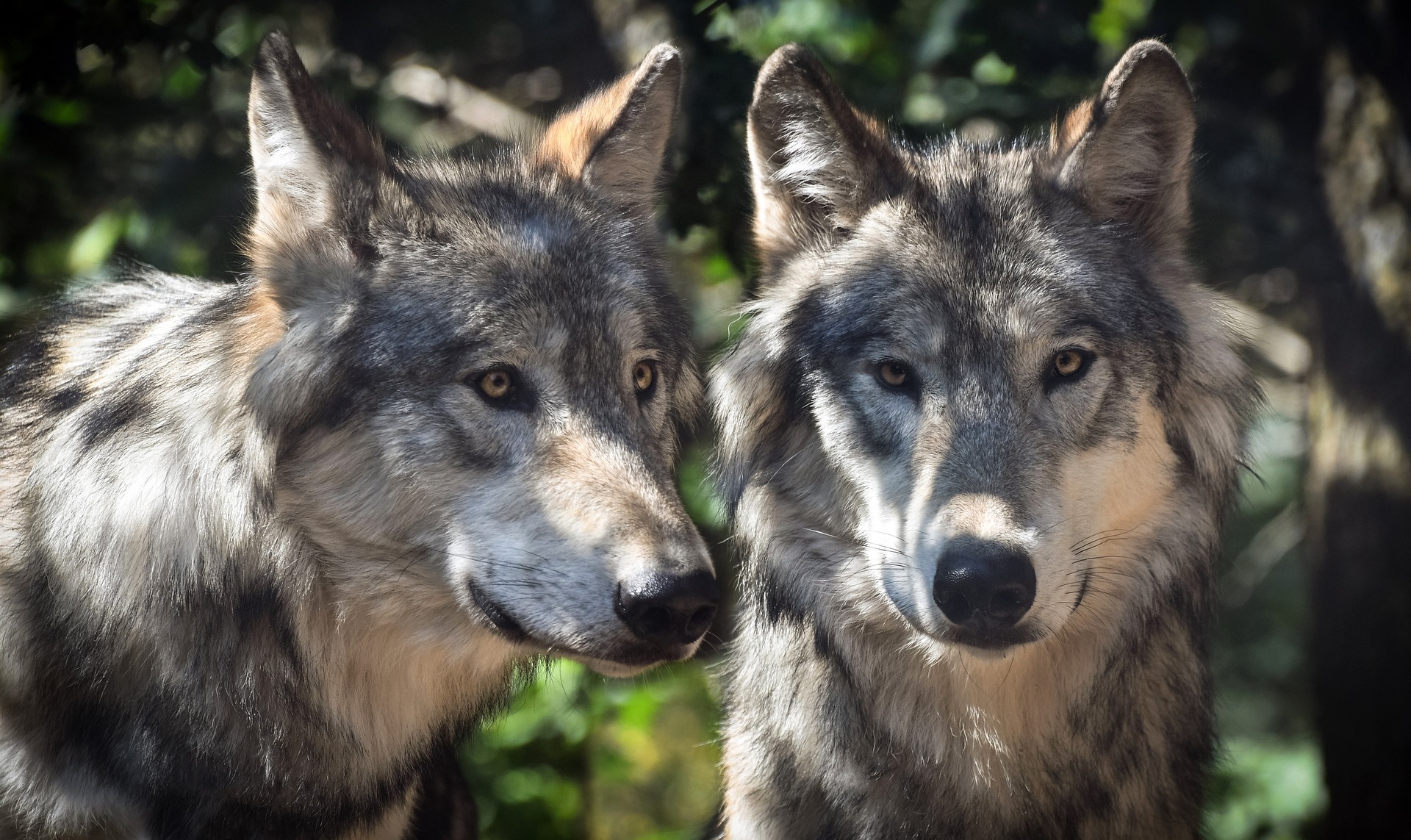
_Glaciar.png)
